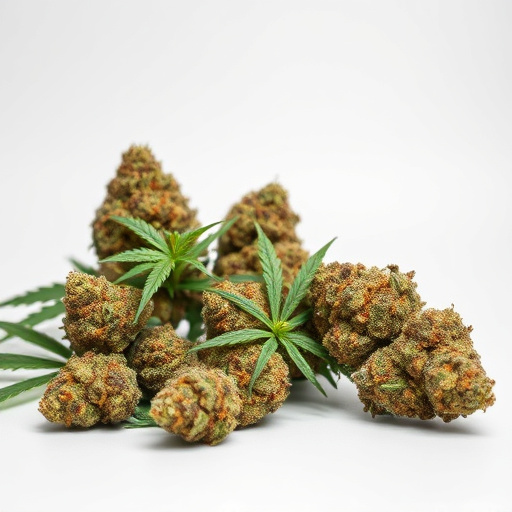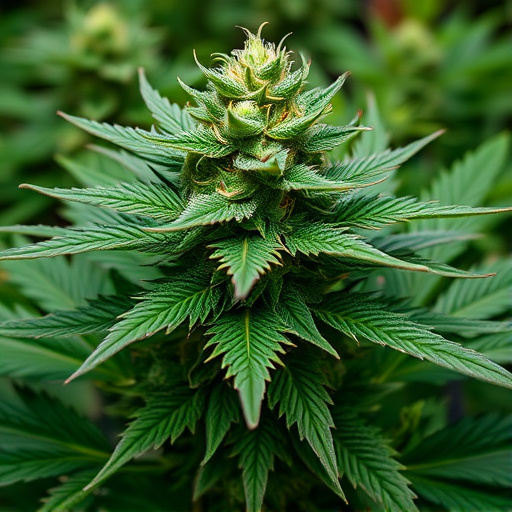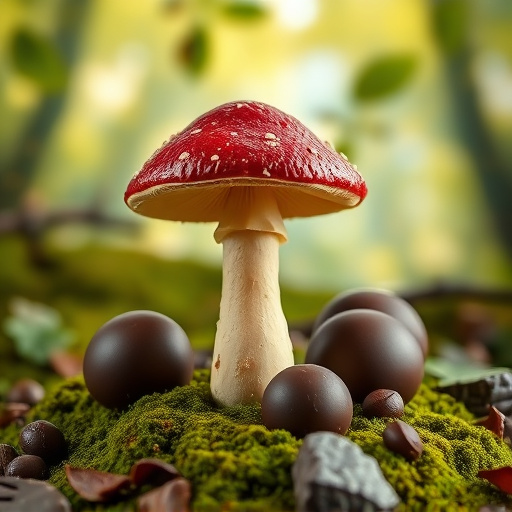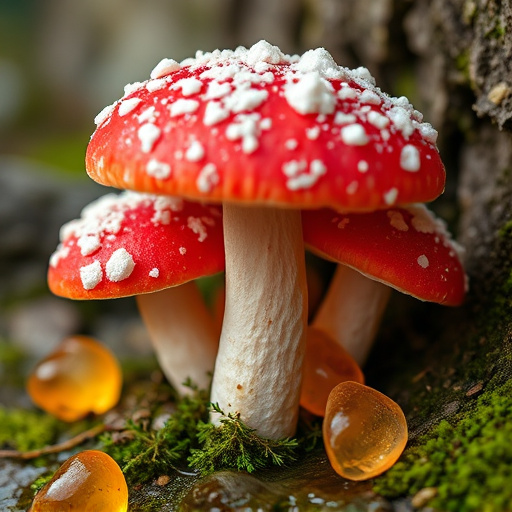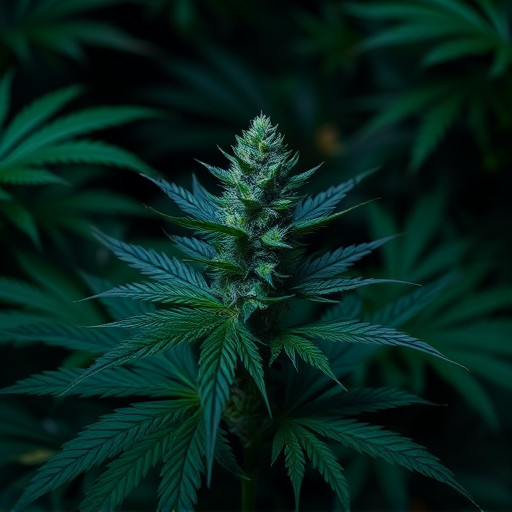Cannabis strains, with unique genetic traits and chemical compositions, greatly affect the quality and sensory experience of products, including their potential effects on sleep. Cultivators can tailor growth conditions to emphasize desired traits, while consumers can choose strains aligned with specific needs, like insomnia relief or preferred flavors. The environment, such as temperature, humidity, and light, is critical for optimal cannabinoid (THC, CBD) and terpene production, impacting the effectiveness of cannabis for treating sleep disorders like insomnia. Mastering environmental controls is key to cultivating high-quality insomnia-relief strains.
Uncover the intricate dance between cannabis cultivation and its impact on overall quality, particularly focusing on insomnia relief potential. This article explores how environmental factors shape the sensory profiles of diverse cannabis strains. From understanding strain-specific attributes to examining the role of light, temperature, and humidity, we delve into the science behind optimal growing conditions for enhanced effects. Discover why certain environments are ideal for cultivating cannabis strains known to provide respite from insomnia.
- Understanding Cannabis Strains and Their Sensory Profiles
- The Role of Environment in Cannabis Cultivation
- Impact on Quality: How Growing Conditions Affect Insomnia Relief Potential
Understanding Cannabis Strains and Their Sensory Profiles

Cannabis strains, with their diverse genetic backgrounds and unique chemical compositions, play a pivotal role in shaping the final product’s quality and sensory experience. Each strain offers distinct characteristics, from aroma and flavor to potential effects. For instance, certain strains known for their relaxing properties are popular choices for cannabis users seeking relief from insomnia due to their ability to induce calmness and serenity.
Understanding these sensory profiles is essential for cultivators and consumers alike. Growers can tailor their cultivation techniques to emphasize specific traits, ensuring they produce strains with desirable attributes. Consumers, in turn, can make informed decisions, choosing strains that align with their preferences and intended uses, such as addressing sleep issues or enjoying a particular flavor profile.
The Role of Environment in Cannabis Cultivation

The environment plays a pivotal role in cannabis cultivation, shaping the plant’s growth and ultimately its quality. Factors such as temperature, humidity, light exposure, and soil composition create the perfect conditions for different cannabis strains to thrive. For example, many cannabis strains known for their relaxing properties, often sought after by folks looking for cannabis strains for insomnia, prefer cooler temperatures and high humidity levels, mimicking a forest environment.
These environmental cues trigger specific physiological responses in the plant, influencing the production of cannabinoids like THC and CBD. A well-regulated growing environment ensures that cannabis plants reach their full potential, resulting in higher yields and enhanced terpene profiles, all contributing to the overall quality and efficacy of cannabis products, especially those targeting sleep disorders.
Impact on Quality: How Growing Conditions Affect Insomnia Relief Potential
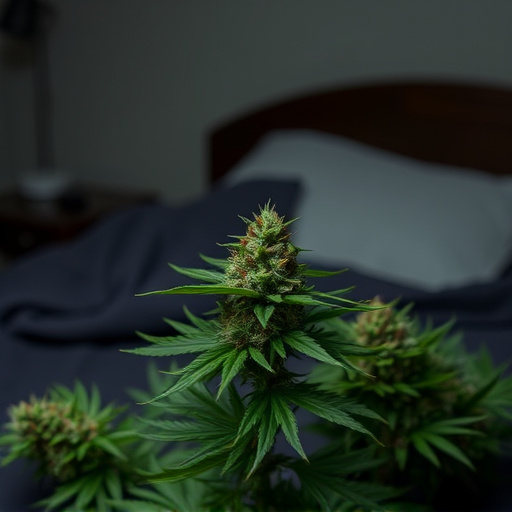
The growing environment plays a pivotal role in determining the quality and effectiveness of cannabis strains, especially those cultivated for insomnia relief. Conditions such as light intensity, temperature, humidity, and soil composition can significantly influence the cannabinoid profiles and terpene production within the plant. For instance, optimal lighting, typically around 18-24 hours per day during the vegetative phase, encourages robust growth and triggers the synthesis of specific cannabinoids like THC and CBD that are associated with therapeutic effects for sleep aid.
Terpenes, aromatic compounds responsible for the distinct smells in cannabis, also exhibit insomnia-relieving properties. Environmental factors can manipulate terpene expression, resulting in strains with higher levels of linalool, myrcene, or limonene—terpenes known to promote relaxation and improve sleep quality. Therefore, understanding and controlling these growing conditions are essential in cultivating high-quality cannabis for insomnia relief, ensuring patients receive the most effective treatments.
Growing environments play a pivotal role in determining the quality and efficacy of cannabis, especially when cultivating strains known for their insomnia relief properties. By understanding the intricate relationship between environmental factors and plant physiology, cultivators can optimize conditions to produce superior cannabis strains tailored to specific needs. Through meticulous control over light exposure, temperature, humidity, and nutrition, it’s possible to enhance the desirable compounds that target insomnia, ensuring consumers gain access to effective and consistent cannabis treatments.


